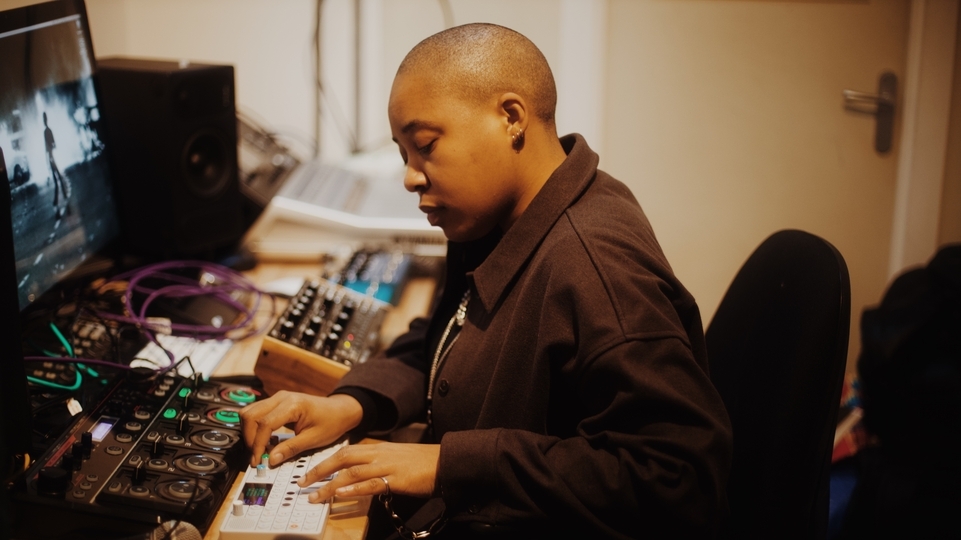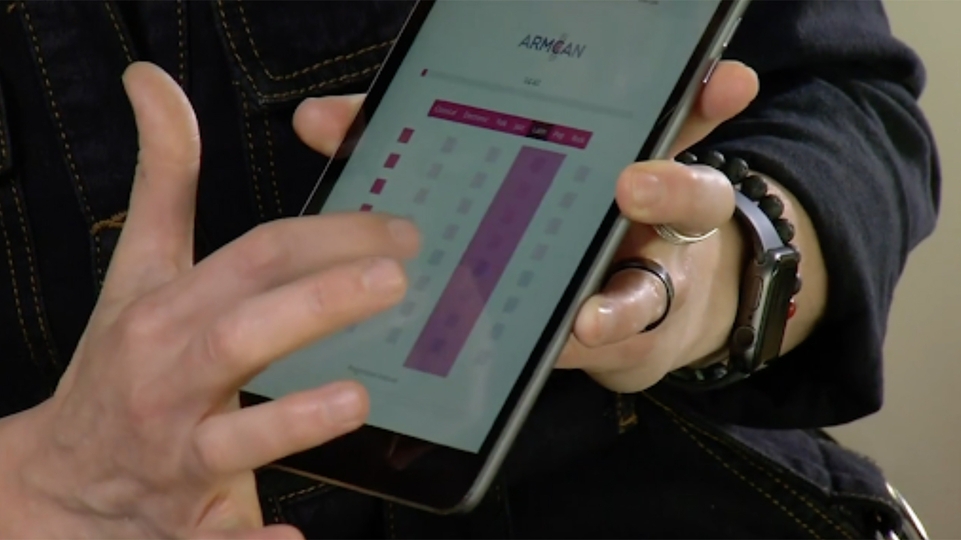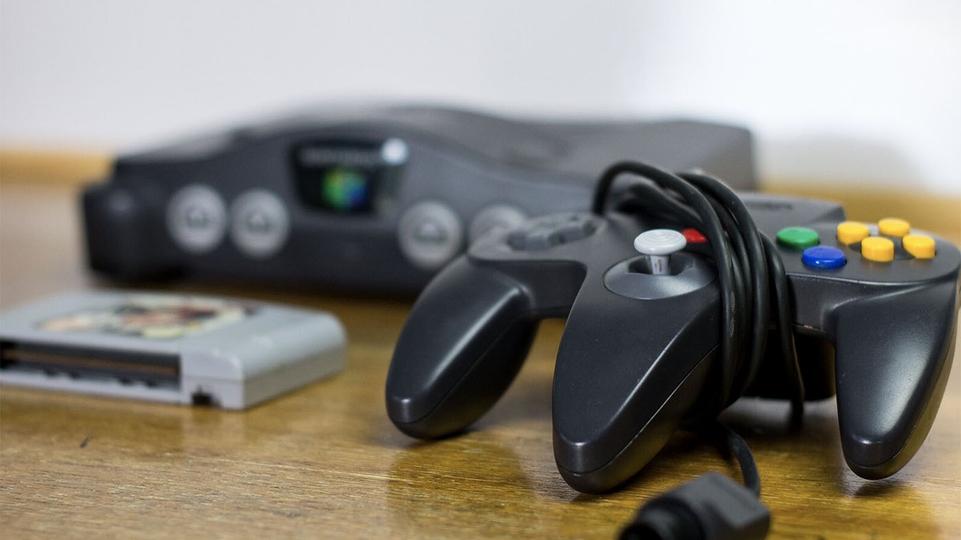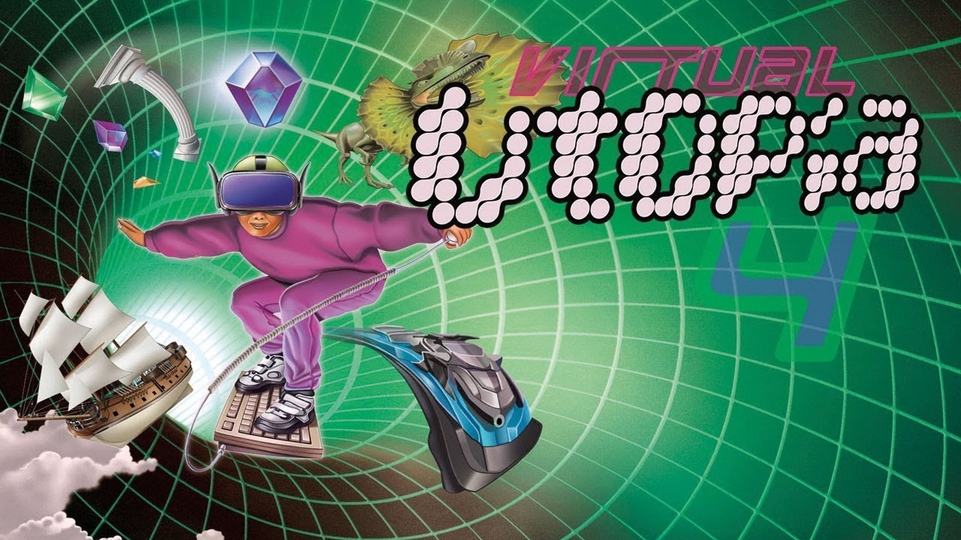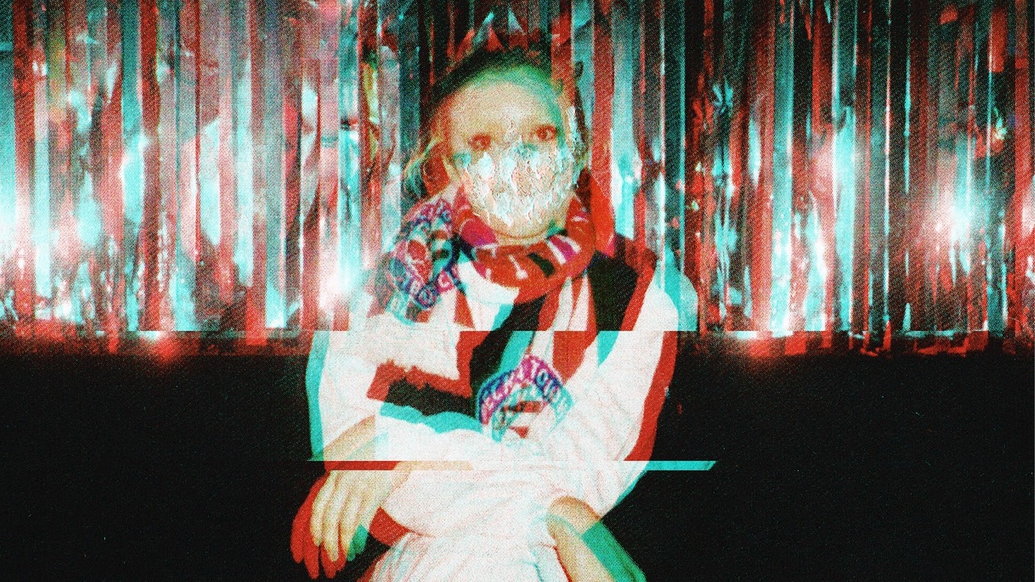
State of Play: Games are tools for creativity in music, not just profit
In our new monthly column, State of Play, Cherie Hu explores the fast-growing intersection of music and gaming: how these worlds are coming together to create new experiences, for gamers and music fans alike. This month, Hu looks at the ways in which games can create new ways of thinking about creativity and storytelling in music, and examines where the opportunities lie for this ecosystem in 2021
Hi there! I’m Cherie, a writer who focuses on the intersection of music and technology. On a higher level, I’m interested in how technology and tech companies impact the way artists make a living, build their brands and reach fans. Games have served as an indispensable player in this equation over the past few decades, providing both an immersive creative playground for artists and a lucrative business model for music companies and rights holders. In the wake of the COVID-19 pandemic in particular, games and game worlds have emerged as potential digital alternatives to in-person concert venues, and as outlets for entirely new paradigms of interactive, at-home entertainment for music lovers. In this column, I’ll explore the theoretical concepts and real-world case studies that are shaping how these hybrid music-game experiences are coming to life today, with the hopes of opening up your mind to what’s possible within this fast-growing, fast-changing ecosystem.
As we approach the end of 2020, I want to dedicate this column not just to reflecting on the year in music and gaming, but for re-evaluating where the actual ‘opportunities’ lie in the ecosystem for 2021.
There seems to have been a lot of preoccupation in the music industry with the financial and commercial impact of gaming. After all, in 2019, the global gaming industry generated nearly $150 billion in revenue, more than three times that of the recorded- and live-music sectors combined. Unlike live concerts, the gaming industry has been thriving in the pandemic, and is willing to pay top dollar to attract top musical talent — from Travis Scott’s reported multimillion-dollar upfront payment for his Fortnite show, to Logic’s seven-figure exclusive deal with Twitch.
But in my eyes, an equally if not more exciting opportunity lies in how gaming can lead to whole new ways of thinking about creativity and storytelling in music — in a way that draws direct influence from fans.
Travis Scott’s Fortnite show and Lil Nas X’s recent Roblox show paint a picture of a world where music shifts from a static, finished product to a dynamic, immersive audiovisual system. But these in-game shows were 100% premeditated, with fans not being able to interact with the artist, or influence the content or outcome of the performance itself, aside from walking or flying around the ‘set’. This is more equivalent to an immersive movie than to an interactive game. What if you made use of gaming technology to make the experience around a given piece of music more dynamic and responsive to the ways individual players were behaving?


There are a few ways to approach this. One is with hardware, ie. with game consoles. The much-hyped Sony PlayStation 5 includes patented technology that can incorporate players’ actions and emotions as inputs for procedurally generated soundtracks in games. If a player is spending more time in an intense battle sequence, the AI can automatically increase the tempo or density of the background music. The implications of this technology are significant for artists who might want to collaborate with a PS5-compatible game series on a new way to experience their own music.
Another approach is with software. Interestingly, I have seen almost no artist follow up on the extensive work that Björk and her team released in 2011, in the form of an interactive mobile app where fans could play around with stems from the artist’s album ‘Biophilia’ in a game-like way, creating their own personal adaptations on the songs themselves. Or the 18-month alternate reality game (ARG) that Nine Inch Nails rolled out for their 2007 concept album ‘Year Zero’, which had fans trying to decrypt posters, tour T-shirts and even USB drives to uncover the project’s deeper, dystopian narratives. Or the 2018 partnership between Sigur Rós and Magic Leap on ‘Tónandi’, a mixed- reality musical project where fans could only make the original in-game sounds come to life by moving their bodies across naturalistic objects that would appear in the environment around them.
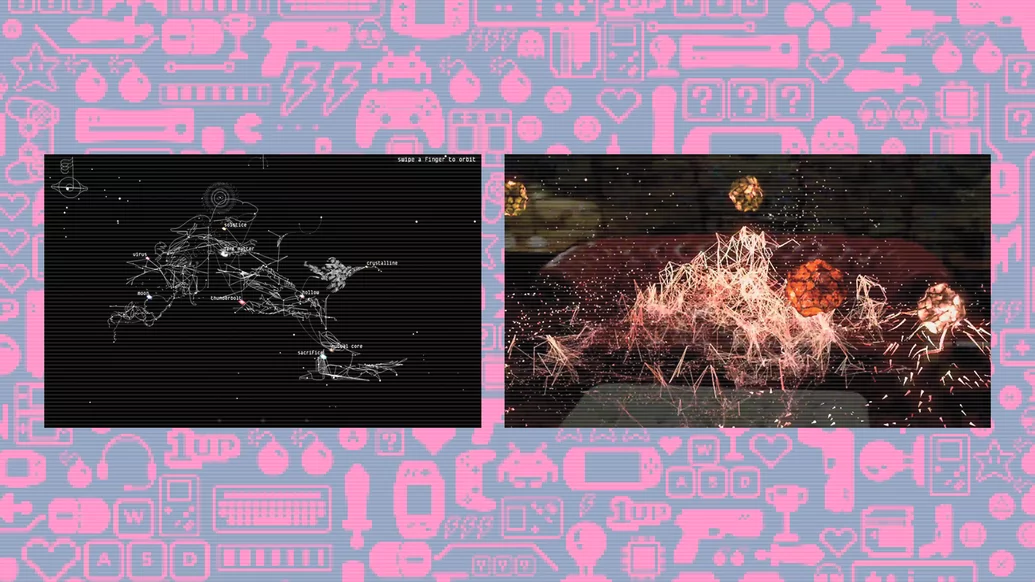

For 2021, we should be asking ourselves: Why do these examples from 10 or more years ago still feel refreshing? And how can we use the vastly more expansive technological tools and apps available
to us today to follow up on these innovative foundations? The direction in which many major music and gaming partnerships are headed runs the risk of prioritising commercialism over craft. I hope that artists are instead more open to the creative possibilities that the gaming world presents, in terms of the opportunity to co-create and co-narrate stories with their fans.


